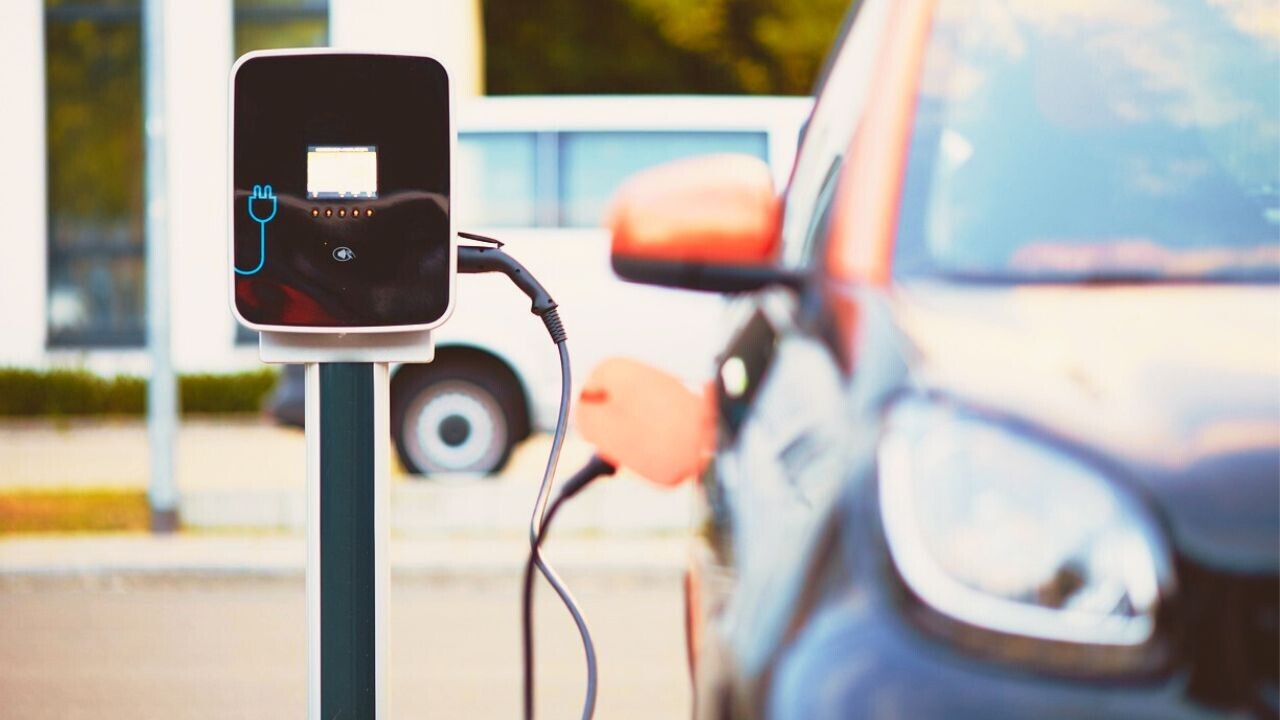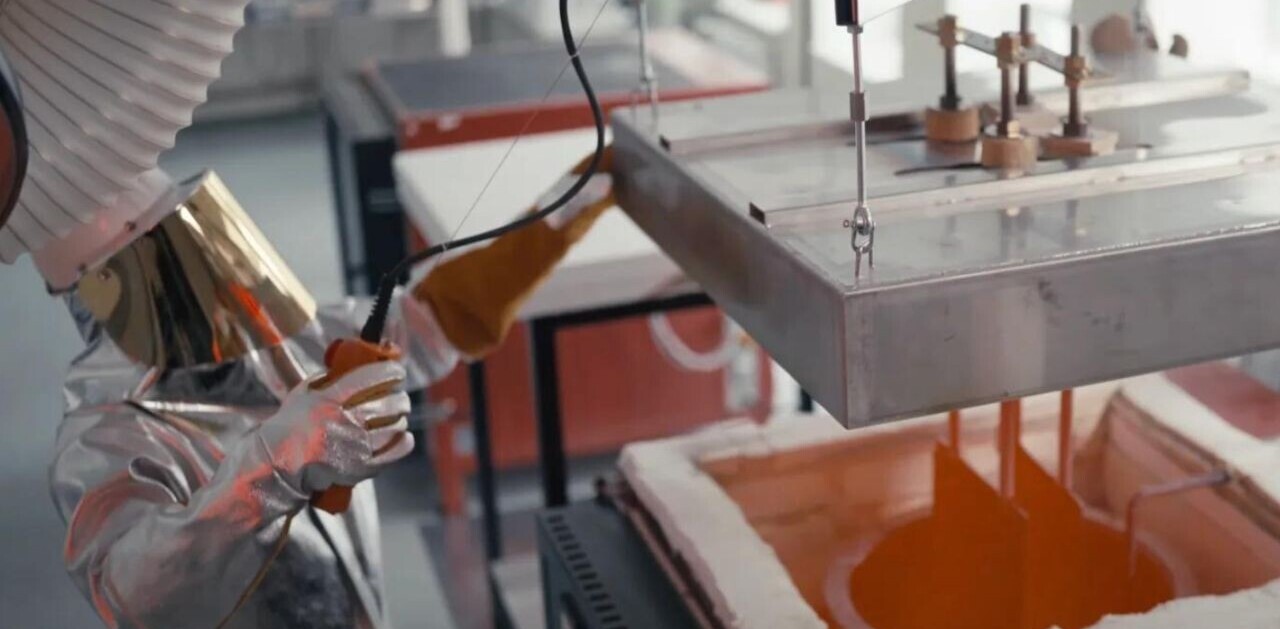
In a breakthrough for the EV industry, researchers have discovered a way to prevent a damaging and potentially dangerous side effect that can occur during fast charging: lithium plating.
The phenomenon takes place when lithium ions build up on the surface of the battery’s anode (aka the negative electrode) instead of inserting themselves into it via a process called intercalation.
As a result, the ions form a layer of metallic lithium which continues to grow on top of the anode. This can damage the battery, reduce its lifespan, decrease its overall performance, and cause short-circuits that could lead to fire or explosion.
The research team, led by Dr Xuekun Lu from Queen Mary University of London, found that the key to suppressing lithium plating in a graphite anode is optimising its microstructure. This is done by fine-tuning the particle and electrode morphology to ensure a homogeneous reaction activity and a reduced local lithium saturation.
“Our research has revealed that the lithiation mechanisms of graphite particles vary under distinct conditions, depending on their surface morphology, size, shape, and orientation. It largely affects the lithium distribution and the propensity of lithium plating” said Dr Lu.
“Assisted by a pioneering 3D battery model, we can capture when and where lithium plating initiates and how fast it grows.”
Overall, the study offers valuable insights into the physical processes of lithium redistribution within the graphite particles during fast charging. Notably, these learnings could enable the development of advanced and more efficient fast charging protocols.
Another finding is equally important: refining the microstructure of the anode can boost the battery’s energy density — meaning, longer distances on a single charge.
“This is a significant breakthrough that could have a major impact on the future of electric vehicles,” Dr Lu noted. And, indeed, faster-charging and longer-lasting EV batteries are critical in enabling our full transition into electric mobility.
The fully paper is published on the journal Nature.
Get the TNW newsletter
Get the most important tech news in your inbox each week.





